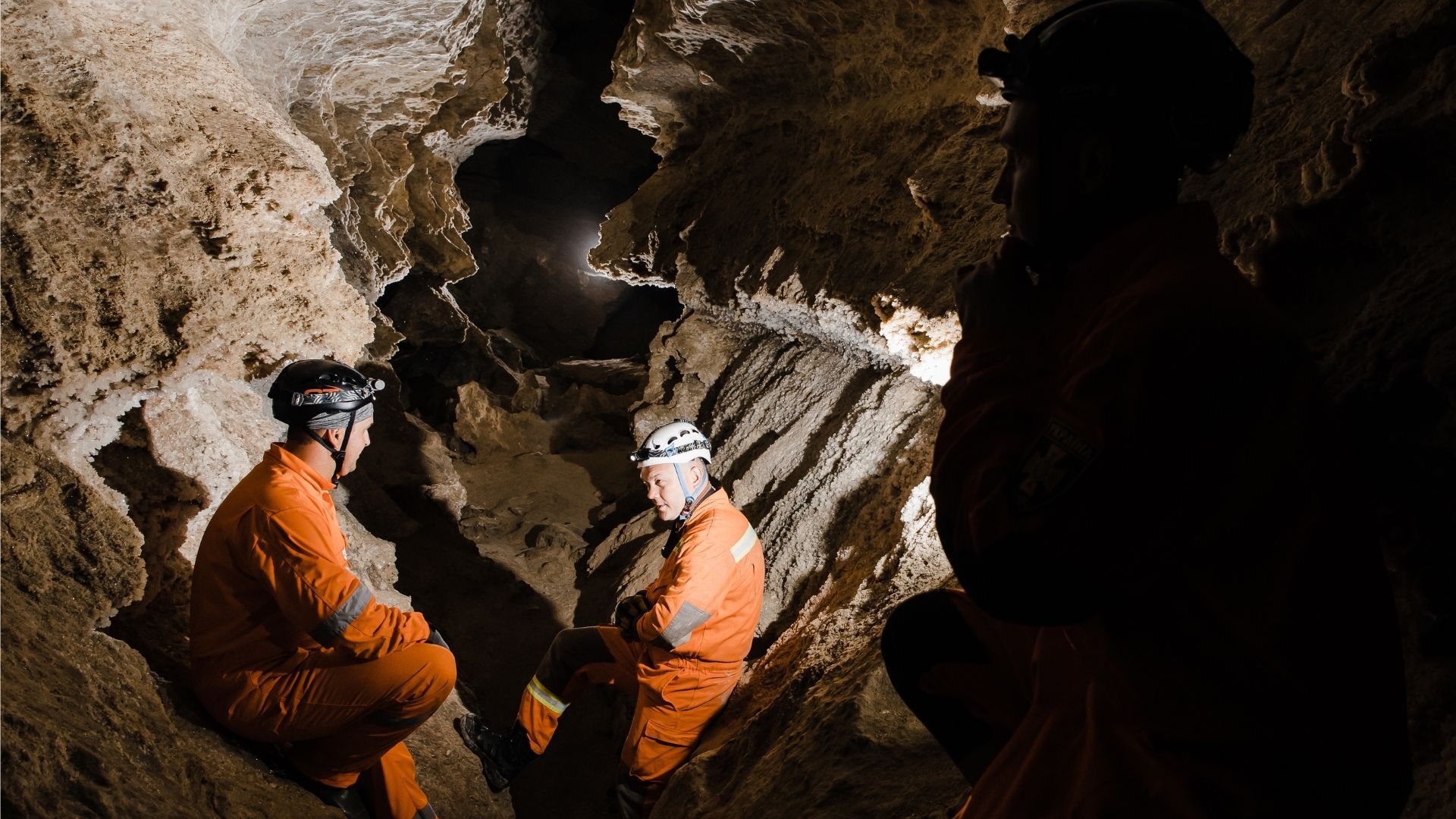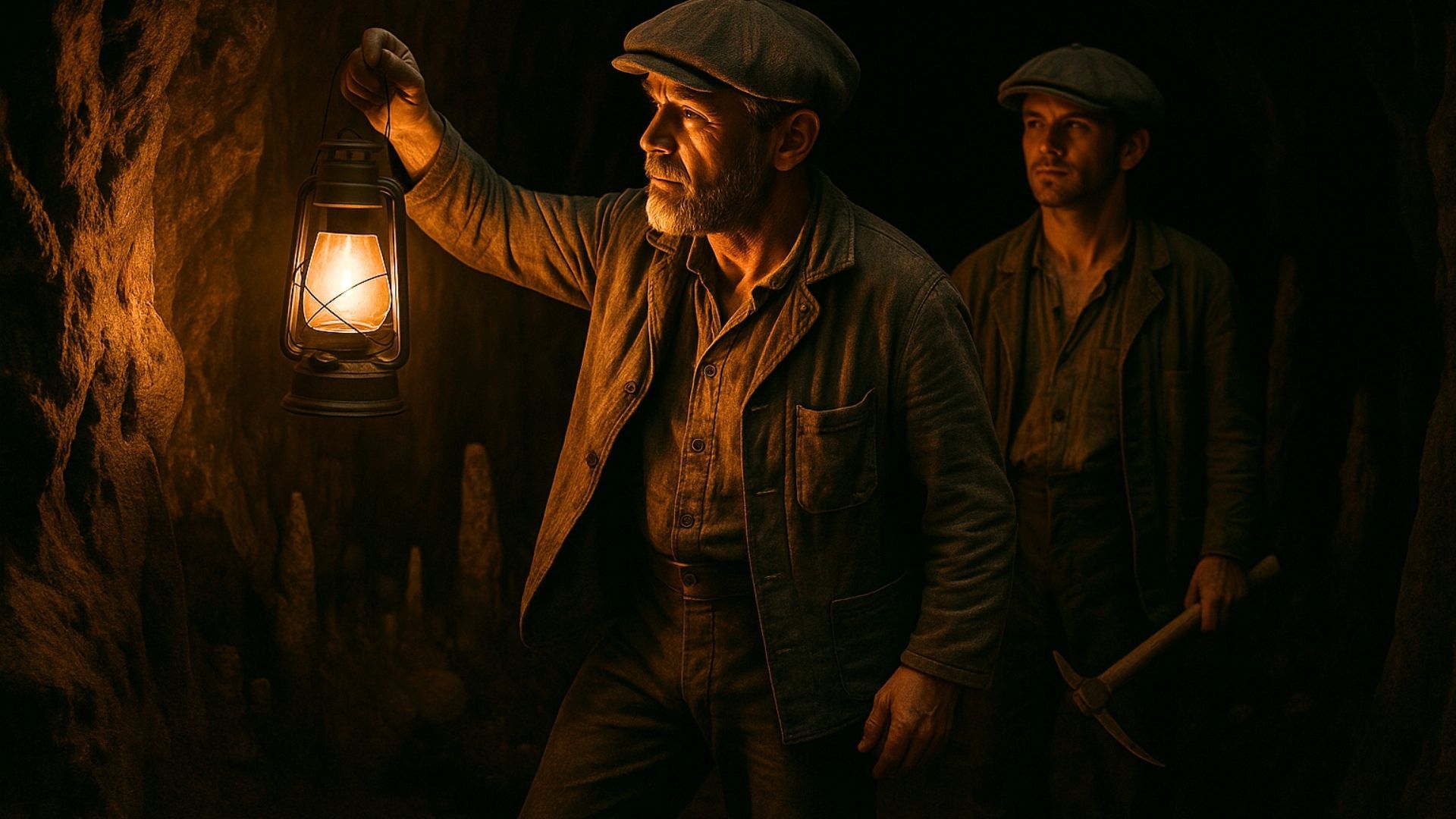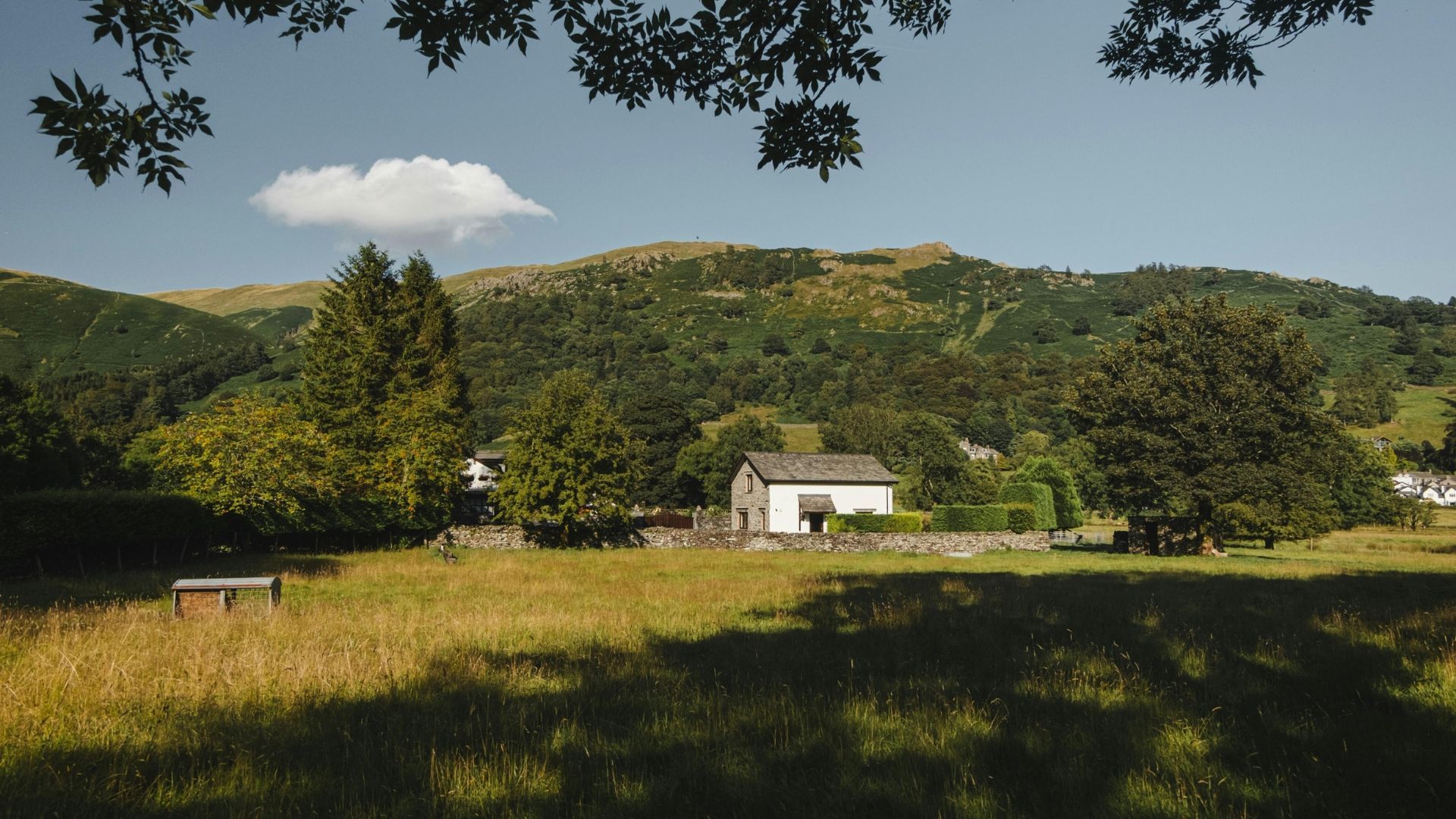We've all heard of Stone Age cave-dwellers. But to our ancestors, caves were more than just homes. Discover 7 surprising uses for caves and caverns.
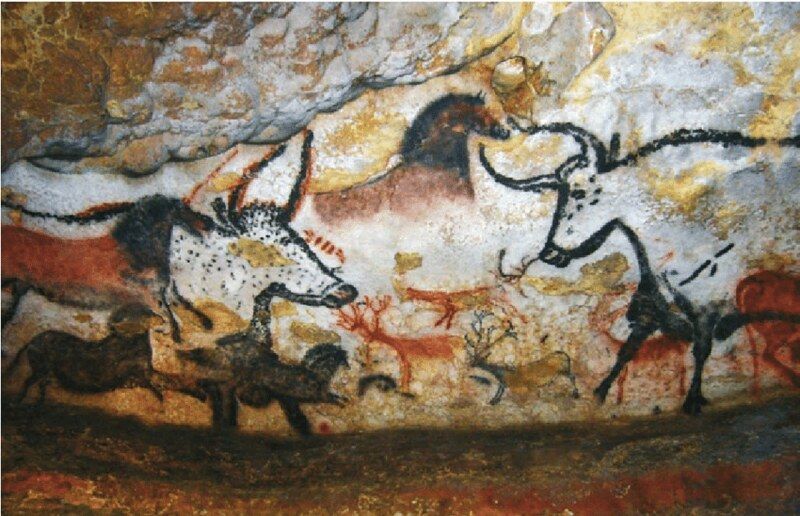
From prehistory to the present day, caves have exerted a certain magnetism for us humans.
These deep, dark portals seem to promise a world of imagination and adventure. They can be slightly spooky, sure, but something draws us in. Try as we might, we can't resist the urge to explore.
It's little surprise, then, that our early ancestors used caves for all sorts of things. It seems that once we set foot in these curious caverns, we couldn't wait to make them our own.
So, if you thought cavemen and cavewomen simply
lived
in caves, think again. Here are some common – and not-so-common– uses of caves throughout history.
1. Dwellings
The stereotypes are true. Stone Age people really
did
live in caves – though not in the way you might imagine.
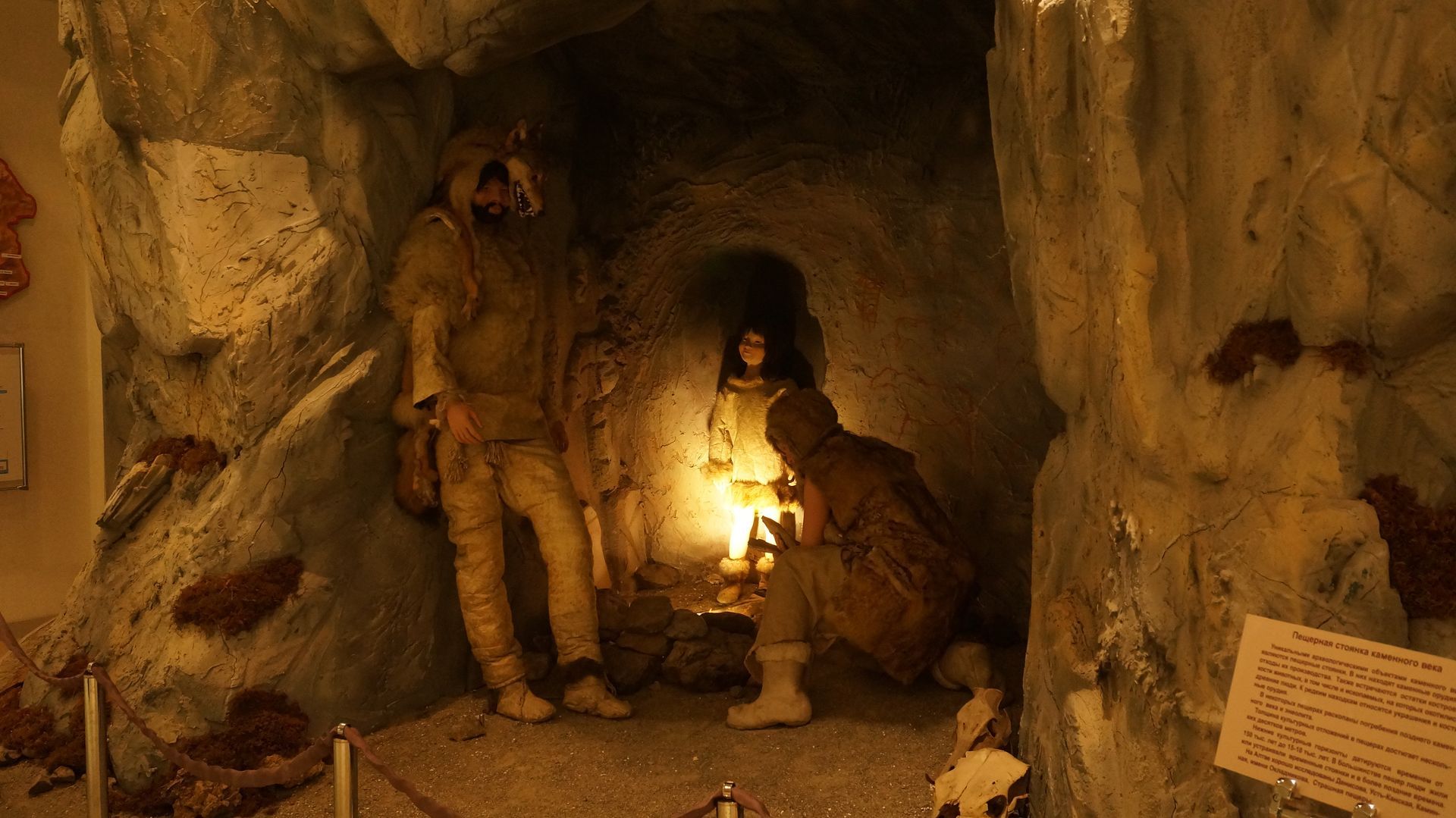
Our ancient forebears didn't simply crawl to the darkest spot and call it home. Rather, they constructed shelters in the mouths of caves and lived there.
The deepest, most mysterious parts of the caves were reserved for special ceremonies and weren't used for everyday activities.
It might also surprise you to learn that cave homes
never quite went out of fashion. In the UK, for instance, people inhabited rock houses in Kinver, West Midlands, until the 1960s.
There are also cave settlements in Cappadocia, Turkey, and Matera, Italy – both of which are still inhabited today.
2. Storage areas
In an age before fridges and freezers, our ancestors had to find a way to keep food and drink cool. The solution? Caves!
The ancient Egyptians and Romans often used caves to store wine and food. After all, caves typically stay at a cool, stable temperature all year round.
The tradition didn't stop with Caesar, though. Some people still use caves as natural wine cellars.
Caves also protected important, sensitive documents from harsh sunlight – and helped keep them safe from crooks and prying eyes.
Some of the best examples are the Dead Sea Scrolls. These were discovered in 1946 by a group of teenage Shepherds. When the scrolls were examined, they turned out to be copies of the Biblical Book of Isaiah that dated back 2,000 years.
3. Burial sites
Imagine you're exploring a cave. You twist and turn through narrow passageways, only to stumble across a mummified corpse. Eek!
Before you panic – no, you won't find any mummies at Stump Cross. But these grisly finds are more common than you might think.
In ancient times, caves were used as burial sites – sometimes for religious reasons, other times because it was simply the practical thing to do.
And it's a good thing too. Because caves have a stable microclimate, they often help to preserve ancient remains. This has given archaeologists valuable clues about the customs and beliefs of ancient civilisations.
4. Hiding places
Do you want to hide yourself or stash some valuable belongings? Take a leaf from our ancestors' books and keep an eye out for the nearest cave.
Throughout history, people have used caves as protection from enemies or the law – and as hiding places for valuable art, treasures and documents.
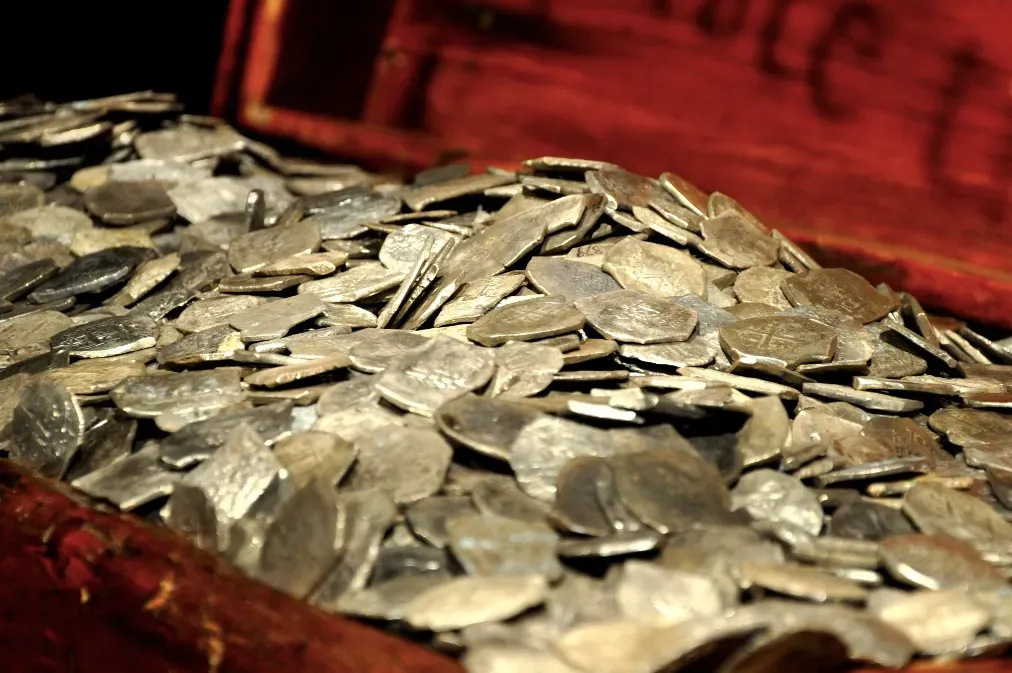
This use even merits a mention in the Bible.
In the Book of Samuel, King David snuck into a cave to escape from King Saul. It worked, too. Saul entered the cave to relieve himself and failed to spot David hiding in the shadows.
5. Defensive fortifications
When you think about a fortification, you probably think of a castle or tower. But caves were often used as defensive strongholds too.
It makes sense. Like castles, caves offer protection from the elements and are often situated among difficult terrain that's hard for enemy forces to navigate.
Plus, hiding in a tower is like wearing a big sign that says, "Find me". Caves, on the other hand, are hidden from view – so they're perfect for plotting your next move in private.
From time to time, military forces still camp out in caves. During the Vietnam War, for instance, a resistance group used man-made caverns for storage and shelter.
Today, the caves are open as a tourist attraction. They're called the Cu Chi tunnels – look them up if you're ever in Ho Chi Minh City.
6. Religious sites
In some cultures, caves were considered gateways to the spirit realm. Here, the boundaries between the earthly and supernatural were as thin as onion skin. Spooky!
Monks would also visit caves for spiritual retreats. They offered complete peace and solitude, after all, so were ideal for quiet meditation.
You can visit religious caves today. Some serve as pilgrimage sites, while certain religions still use caves in their worship.
7. Art museums
Ancient humans didn't need The Louvre or the National Gallery to appreciate art. Instead, they'd daub pictures on cave walls using charcoal, mineral pigments and plant-based dyes.
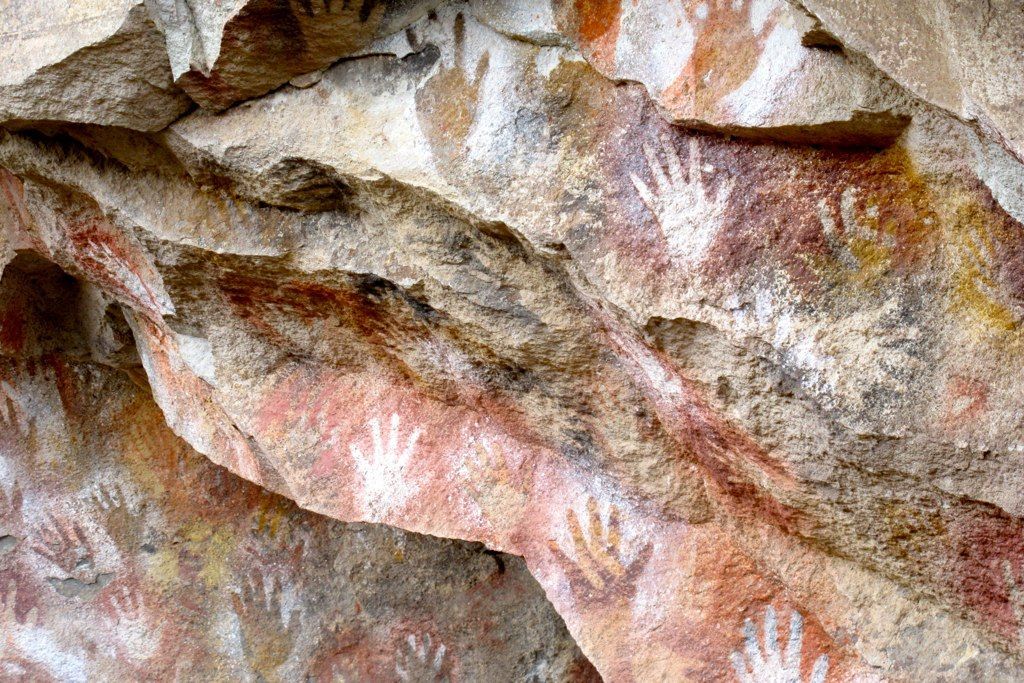
No paintbrushes? No problem. They'd just use their fingers – or construct makeshift brushes using human hair.
Did you know? The earliest examples of cave art date back to the Upper Palaeolithic Period, which was approximately 40,000 to 10,000 years ago. Wow.
Get a taste of cave life today
Caves are just as fascinating today as they were to our Stone Age ancestors thousands of years ago.
Fancy exploring one for yourself? We've got you covered.
Stump Cross Caverns is an ancient cave system buried deep beneath the Yorkshire Dales. It was never used by early humans – as far as we know – but it's all the better for it.
Stump Cross is perfectly preserved. It's a portal into a long-forgotten age before humans or dinosaurs roamed the earth.
Pay us a visit and you'll be free to explore this prehistoric world, gaze at the incredible rock formations and learn about the primordial history of the Yorkshire Dales.
You might even meet our own Stump Cross
cavewoman!
Ready for an
unusual day out in Yorkshire? It's quick and easy to
book your tickets online.


Stump Cross Caverns
Greenhow Hill
Pateley Bridge
Yorkshire
HG3 5JL
All Rights Reserved | Stump Cross Limited
Crafted with creativity and marketing savvy by My Digital Hero
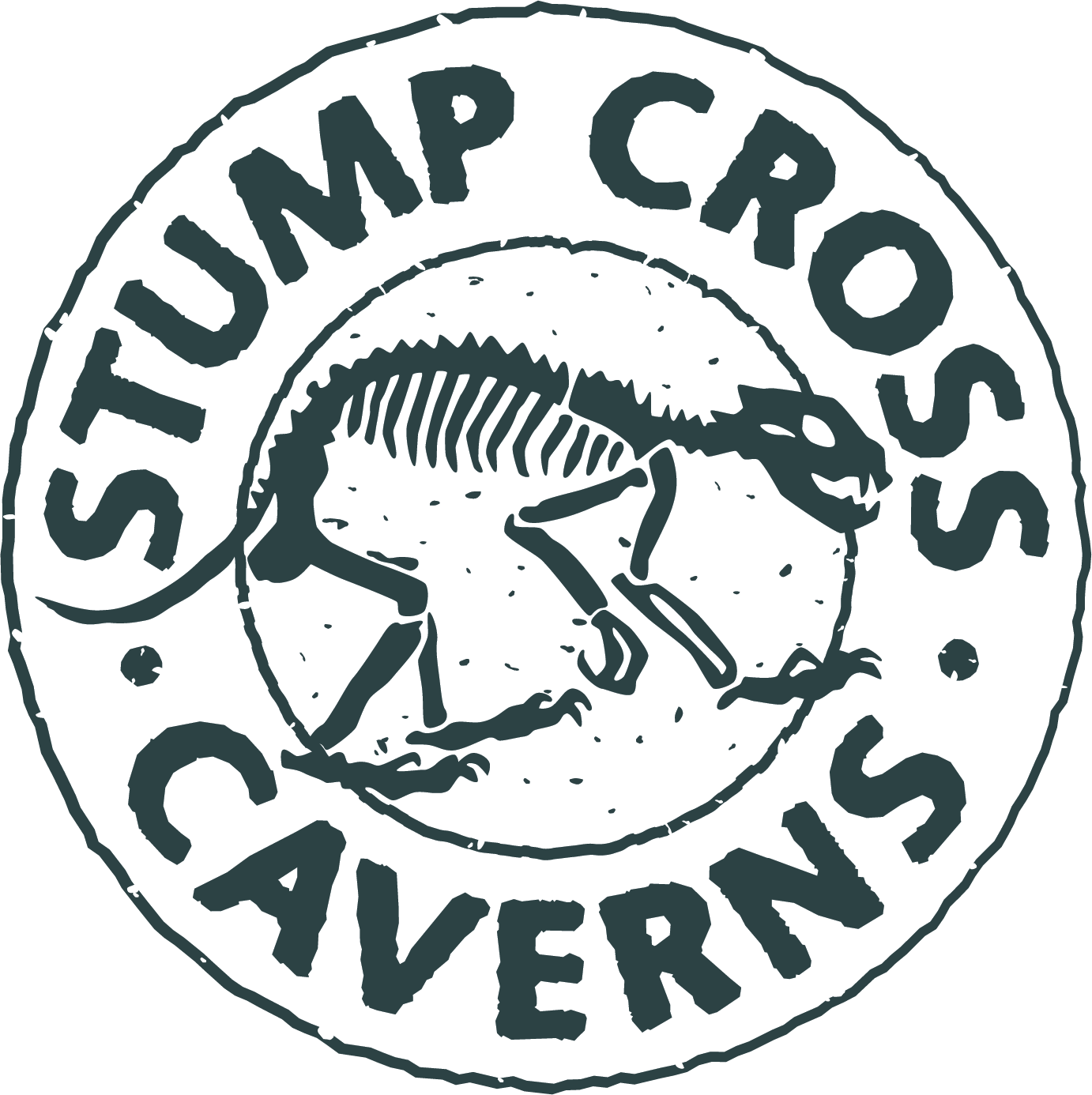
Stump Cross Caverns
Greenhow Hill
Pateley Bridge
Yorkshire
HG3 5JL
01756 752780
enquiries@stumpcrosscaverns.co.uk
01756 752780
enquiries@stumpcrosscaverns.co.uk
All Rights Reserved | Stump Cross Limited
Stump Cross Caverns
Greenhow Hill
Pateley Bridge
Yorkshire
HG3 5JL

